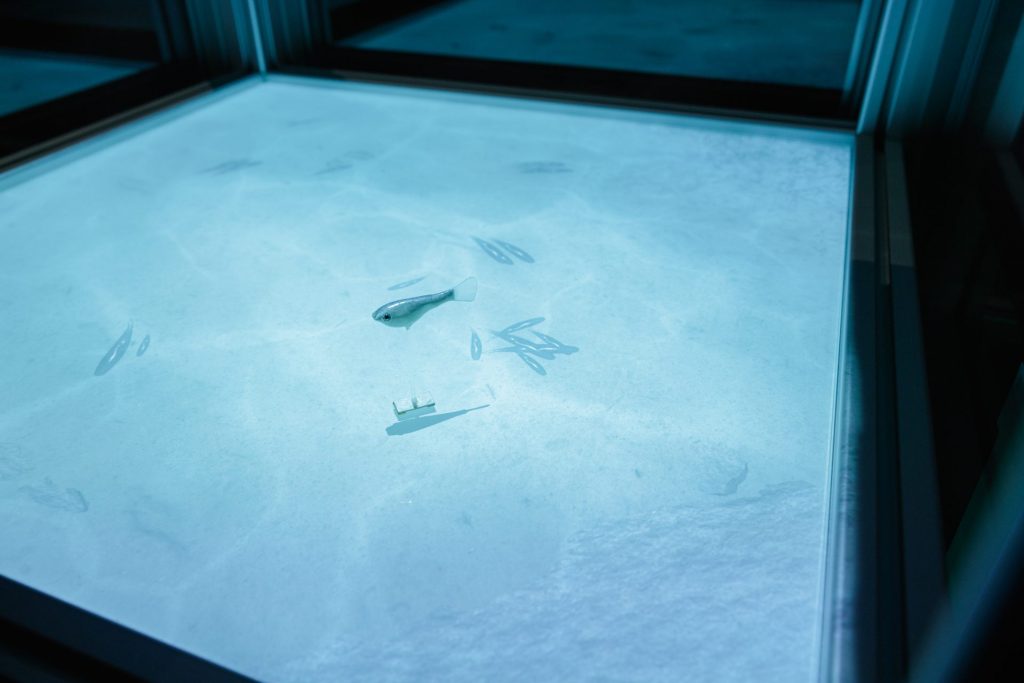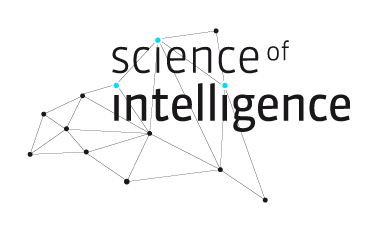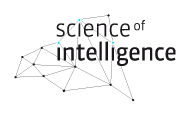
Principal Investigators:
Jens Krause
Max Wolf (External PI)
Team members:
David Bierbach (Postdoctoral researcher)
Sean Ehlmann (External collaborator)
From behavioural primitives to intelligent behaviour
Research Unit 1, SCIoI Project 58
A central task of all mobile animals is to locate hidden resources in a potentially complex environment. For more than 100 years, the study of animals in a maze has been one of the central analytic paradigms to study this task, producing important insights in animal learning and decision making but also memory, cognitive maps and spatial cognition more generally. Up to now, however, little is known about the algorithmic rules that animals use when navigating maze-like environments. In sharp contrast, robotics has a long tradition of studying maze exploration algorithms, with important applications for the development of autonomous systems helping humans, for example, in searching and working in hazardous environments such as contaminated zones, collapsed or burning buildings and mines.
The goals of this project are (i) to generate an unprecedentedly rich analytic data set, mapping the exact behavioural trajectories of approx. 200 genetically identical fish individuals exploring a large number and diverse range of basic maze elements, (ii) to use this data set to systematically investigate the explanatory and predictive power of the most important maze-exploration algorithms developed in the robotics literature for our analytic system (iii) building on our analytic data, to develop a new set of bio-inspired algorithmic models of maze-exploration behaviour (iv) to study the resulting behavioural trajectories and performance characteristics of these algorithmic models when embodied in the RoboFish, confronted with a large number and diverse range of mazes (v) to test novel hypotheses and predictions about maze-exploration behaviour in our analytic system, thereby closing the analytic synthetic loop.

